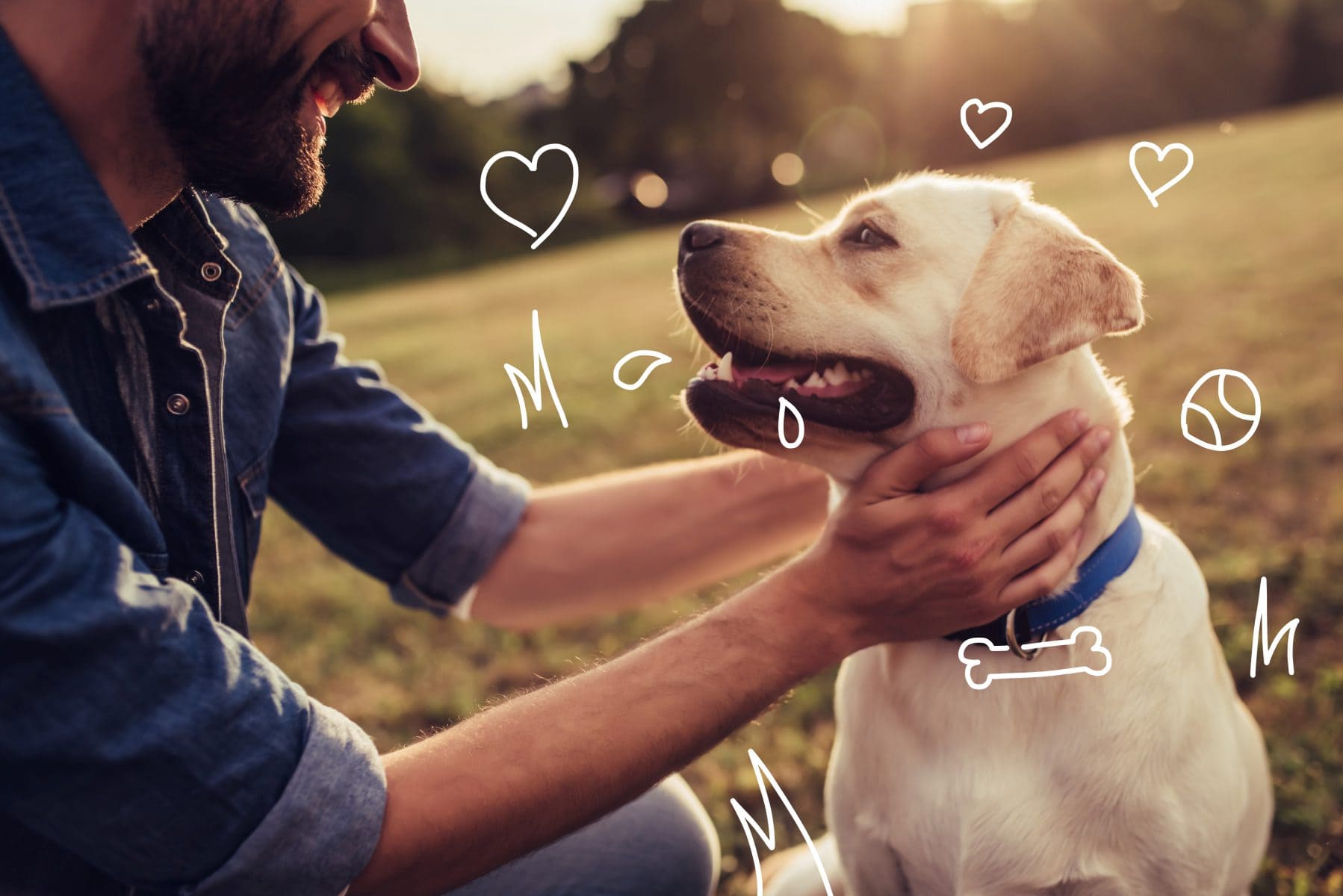The Easy Guide to Brushing your Dog’s Teeth
If you don’t currently brush your dog’s teeth, they’ll almost certainly develop some degree of dental disease as they get older. Some breeds will get it much worse than others and at a relatively younger age. Not only is bad breath unpleasant to live with; it also means they are developing long term problems which cannot be reversed. Ultimately your best friend will be in discomfort and may need dental treatment including general anaesthesia and extractions.
If you’re finding it impossible to brush your dog’s teeth, for whatever reason, don’t give up – please ask our friendly team of vets and nurses who’ll be able to give you advice.

Top tips on how to brush your dog’s teeth
Buy your tooth brushing kit (brush, finger glove and toothpaste) from your vet practice or at least ask which type they recommend. Never use human toothpaste for dogs.
- Start getting your dog used to it as soon as you can. If you have a puppy, that’s great; if you have an older dog, follow the same tips – it might just take longer to achieve.
- Your aim should be that your teeth cleaning sessions should be associated with a positive experience.
- Choose a time when your dog is comfortable and relaxed.
- Take it slowly and keep sessions short. Stop while your pup/dog is still happy.
- Stroke your dog’s cheek gently back and forth. Do only this for the first few days.
- Introduce the toothpaste on your finger and allow your dog to lick it off.
- After your dog has shown that they like the taste of the toothpaste, start to run your finger along the inside of the mouth.
- Put some paste on the finger glove or the brush and allow your dog to lick the paste off. Don’t put the brush in their mouth yet.
- Once they’re comfortable with licking the brush/ glove, you can introduce the brush into the mouth. Start by targeting the front teeth, making circular movements and allowing frequent licks (so they are continuously rewarded).
- Gradually as your dog accepts having the canines and incisors brushed, you can move onto the molars.
- After a couple of weeks, you should be able to brush without fuss. If you can, concentrate on where tooth meets gum.
- You should aim to brush your dog’s teeth twice daily – if possible!
Doggy dentals
Regular teeth brushing will prevent the build-up of tartar, but it won’t usually remove it. If there’s is already a lot of yellow or brown tartar present, your dog may need a scale and polish completed by a veterinary professional prior to you being able to start your preventative brushing. This is often the case where an adult dog has been re-homed or rescued.
Did you know that Healthy Pet Club members can get their paws on fixed price dentals?
A dental, scale, polish and with minor extractions for a fixed fee £210 (T&Cs apply). To find out more, visit thehealthypetclub.co.uk
Looking for dog insurance?
Did you know that our LifetimeFlex and 365Flex pet insurance policies cover dental treatment as a result of an accident or illness? (so long as your dog is up to date with their yearly dental check-ups and where any work recommended is carried out at your own expense).
You might also be interested in…
Get a quote in minutes…

Existing customers
Call now on 0808 164 7999
to discuss your policy with us.
Monday - Friday: 08:00 - 20:00 Saturday: 09:00 - 14:00





 Back
Back
